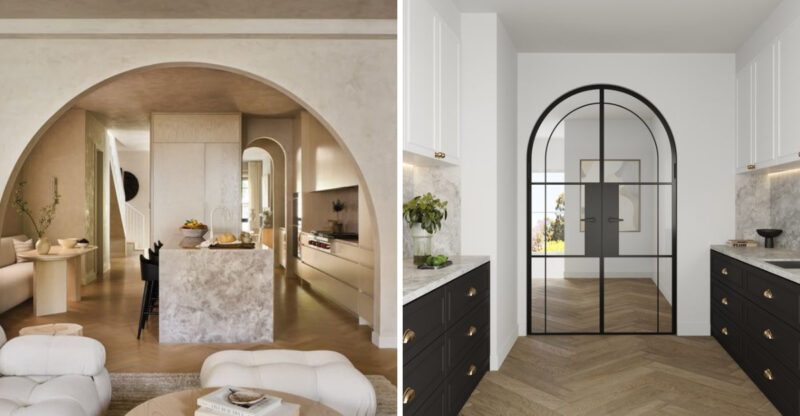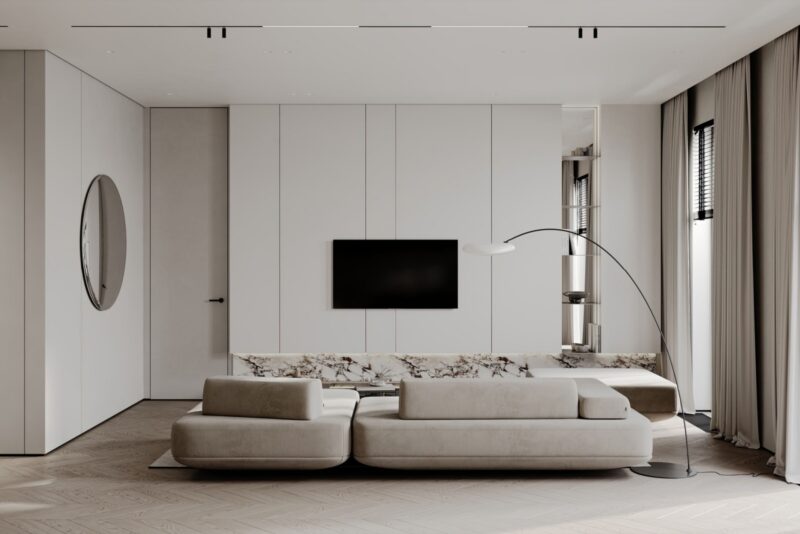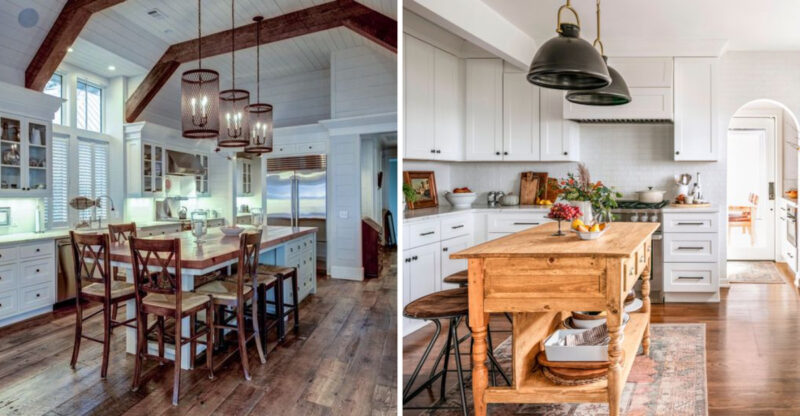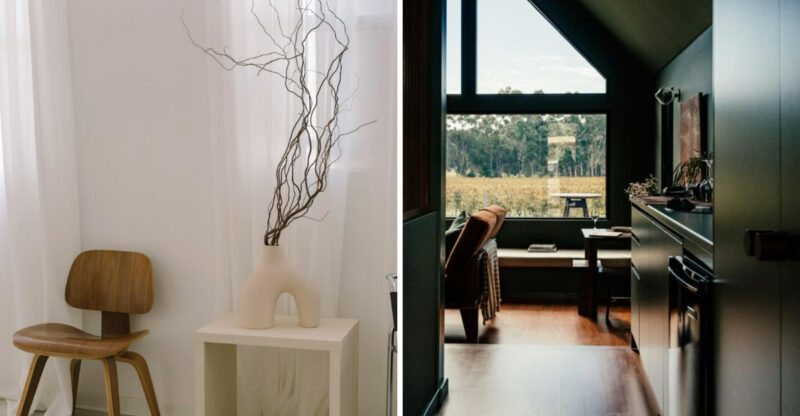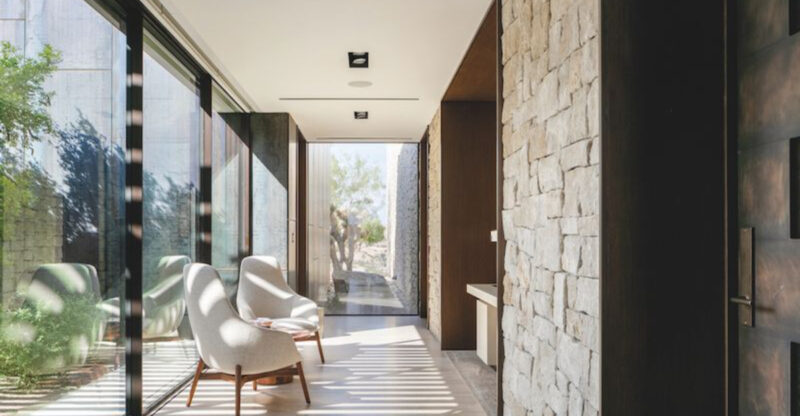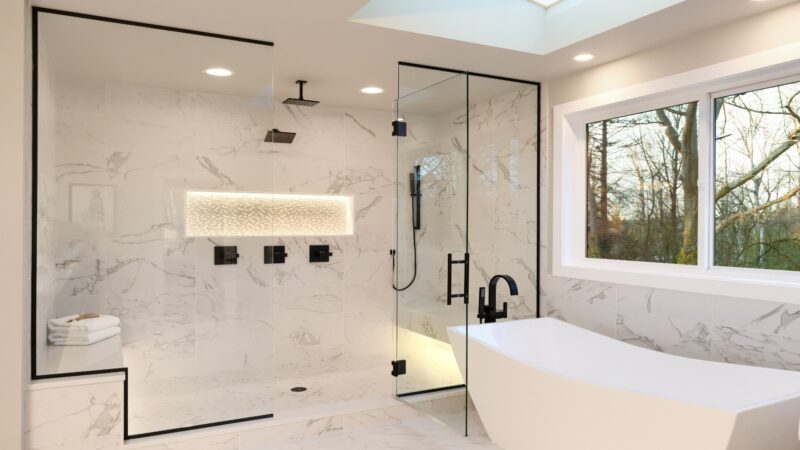New York Designers Share 14 Ways To Make Cordwood Living Both Chic And Energy Smart
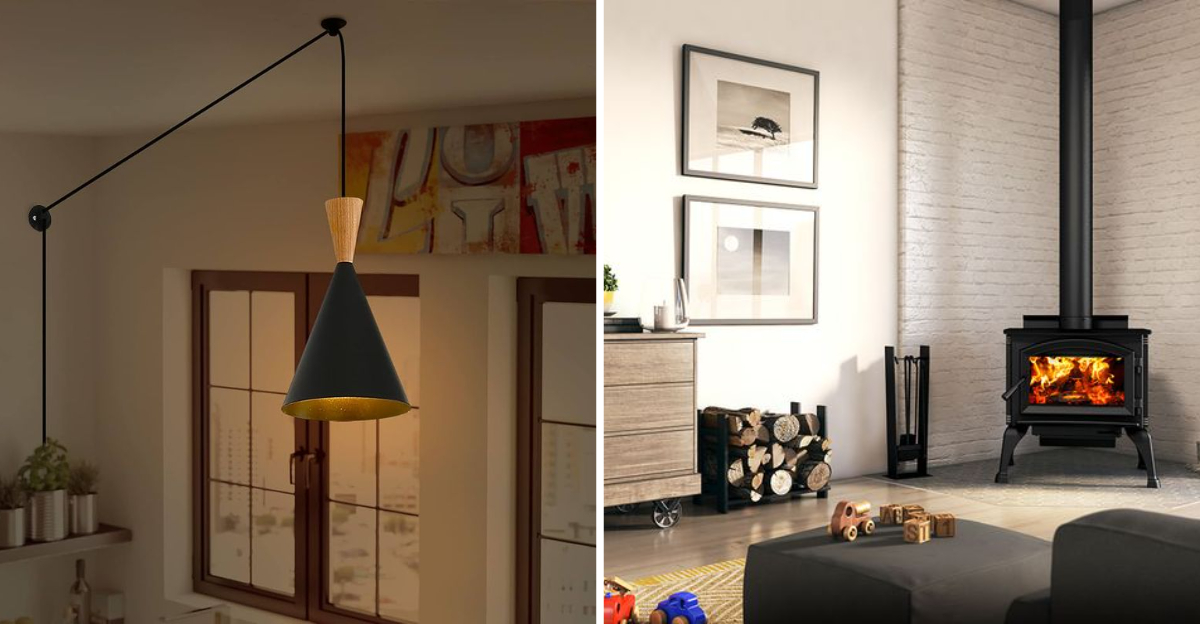
Cordwood construction is making a comeback, and New York designers are leading the charge with fresh ideas that blend rustic charm and modern efficiency.
This unique building method uses short logs stacked with mortar to create stunning, eco-friendly homes that keep energy bills low while looking absolutely gorgeous.
Whether you’re dreaming of a cozy cabin or a contemporary retreat, these expert tips will help you craft a cordwood space that’s both stylish and smart.
1. Choose Wood Species That Balance Beauty And Insulation
When building your cordwood home, the type of wood you pick makes a huge difference in both appearance and energy performance. Cedar and pine are popular choices because they’re lightweight, insulate well, and resist rot naturally. Hardwoods like oak look stunning but conduct more heat, so you’ll need thicker walls for proper insulation.
I recommend mixing species strategically throughout your design. Use softer woods in main living areas where insulation matters most, and save denser hardwoods for accent walls or exterior features. This approach gives you visual variety while maximizing energy efficiency.
Color variation between species adds character too. Light birch next to darker walnut creates beautiful patterns that make your walls true works of art.
2. Install Triple-Pane Windows To Complement Your Insulated Walls
Your cordwood walls might be super insulated, but regular windows can sabotage all that hard work. Triple-pane windows feature three layers of glass with gas fills between them, creating barriers that keep warmth inside during winter and heat outside during summer. They’re pricier upfront, but the energy savings add up fast.
Positioning matters just as much as quality. I suggest placing larger windows on south-facing walls to capture passive solar heat, while keeping north-side windows smaller to minimize heat loss. This strategic placement works with your cordwood’s natural insulation properties.
Frame materials matter too. Fiberglass or vinyl frames insulate better than aluminum, which conducts temperature easily and defeats your efficiency goals.
3. Add Radiant Floor Heating For Even Temperature Distribution
Radiant floor heating transforms how your cordwood home feels throughout the day. Unlike forced air systems that blow hot air around unevenly, radiant systems warm your floors directly, which then heat the entire room from the ground up. It’s incredibly comfortable and uses less energy because you can lower the thermostat by several degrees.
Installation works best during initial construction, though retrofit options exist. Electric systems are simpler to install, while hydronic (water-based) systems cost less to operate long-term. Both pair beautifully with cordwood’s natural thermal mass.
Your feet will thank you on cold mornings. There’s nothing quite like stepping onto warm floors in a cozy cabin surrounded by natural wood walls.
4. Design An Open Floor Plan To Maximize Light And Warmth Flow
Open floor plans aren’t just trendy they’re practical for cordwood homes where maximizing natural heat distribution saves energy. When you remove unnecessary walls, warmth from your heating system or passive solar gain spreads easily throughout your space. Plus, natural light reaches deeper into your home, reducing electricity needs during daytime hours.
I’ve noticed that open layouts showcase cordwood walls more dramatically too. Instead of chopping up your beautiful log walls with partitions, you create sweeping views that highlight the craftsmanship. Guests always comment on how impressive these expansive cordwood surfaces look.
Strategic furniture placement can define zones without blocking airflow. Use area rugs, bookcases, or partial dividers to create distinct spaces while maintaining circulation.
5. Incorporate Reclaimed Wood Furniture For Cohesive Rustic Elegance
Reclaimed wood furniture brings history and character into your cordwood space while keeping your design eco-conscious. Old barn wood, salvaged beams, and repurposed planks carry stories in their weathered textures and aged patinas. They complement cordwood walls perfectly without overwhelming the natural aesthetic you’ve worked hard to create.
Shopping for reclaimed pieces takes patience but rewards you with one-of-a-kind items. Check architectural salvage yards, estate sales, and specialty dealers who source from demolished buildings. Each piece adds authenticity that new furniture simply can’t match.
Mix finishes thoughtfully. Pair rough-hewn tables with smoother seating pieces to create visual balance. This variety keeps your interior interesting rather than monotonous.
6. Apply Light-Colored Mortar To Brighten Interior Spaces
Mortar color dramatically affects how bright or dark your cordwood walls appear. Traditional gray mortar can make interiors feel cave-like, especially in rooms with limited windows. Light-colored mortars think cream, white, or pale tan reflect more light and make spaces feel open and airy.
I always recommend testing samples before committing to your whole house. Apply different mortar colors to a small section and observe how they look at various times of day. Natural and artificial lighting change their appearance significantly.
Bright mortar also provides stunning contrast against darker wood species. This creates a checkerboard effect that adds visual interest and contemporary flair to an otherwise rustic building method.
7. Install A High-Efficiency Wood Stove As Your Primary Heat Source
Nothing suits a cordwood home better than heating with wood itself. High-efficiency wood stoves burn fuel more completely than older models, extracting maximum heat while producing minimal smoke and emissions. They’re EPA-certified and can heat large spaces while reducing your reliance on expensive fossil fuels.
Placement determines effectiveness. Central locations work best because heat radiates outward in all directions. Pair your stove with ceiling fans to push warm air down and distribute it evenly throughout your open floor plan.
Did you know modern wood stoves are over 70% efficient compared to just 30% for traditional fireplaces? That’s serious heating power that aligns perfectly with cordwood living’s sustainable philosophy.
8. Create Feature Walls With Decorative Cordwood Patterns
Why settle for plain stacked logs when you can turn your walls into art? Decorative cordwood patterns use different wood lengths, species, and arrangements to create stunning visual effects. Spirals, geometric shapes, or even representational images can be built right into your walls during construction.
These features work beautifully as focal points in living rooms, entryways, or bedrooms. I’ve seen homeowners incorporate family initials, nature motifs, and abstract designs that become conversation starters. The possibilities are limited only by your imagination and your builder’s skill.
Planning is crucial here. Sketch your design carefully and mark wood pieces before installation. Once mortar sets, changes become nearly impossible, so measure twice and build once.
9. Layer Textiles In Neutral Tones For Sophisticated Warmth
Textiles soften cordwood’s rugged character while adding crucial warmth during cold months. Layering blankets, pillows, curtains, and rugs in neutral tones creams, taupes, soft grays creates sophisticated comfort without competing with your walls’ natural beauty. These colors let the wood remain your star attraction.
Natural fibers like wool, linen, and cotton work best because they breathe well and feel luxurious. Synthetic materials can look cheap against authentic cordwood construction. I suggest varying textures: chunky knit throws, smooth linen cushions, and plush wool rugs create touchable interest.
Seasonal swapping keeps things fresh. Lighter cottons for summer, heavier wools for winter this simple change makes your space feel responsive to nature’s rhythms.
10. Add Skylights To Flood Your Space With Natural Light
Skylights solve one of cordwood construction’s biggest challenges: bringing enough natural light into thick-walled homes. These overhead windows flood your interior with sunshine from above, reducing electricity usage and making spaces feel more open. They’re especially valuable in rooms where wall windows are limited.
Placement requires thought. Position skylights over main activity areas like kitchens, living rooms, or workspaces where you spend most daylight hours. Avoid placing them directly over beds unless you enjoy being awakened by sunrise.
Modern skylights come with blinds and UV coatings that give you control over light and heat. Tubular skylights work great for smaller spaces like bathrooms or hallways where traditional skylights won’t fit.
11. Seal Exterior Walls With Breathable Natural Finishes
Protecting your cordwood exterior extends its life while maintaining energy efficiency. Breathable natural finishes like linseed oil or plant-based sealers allow moisture to escape from within your walls while repelling rain and snow. This prevents rot and maintains your wood’s structural integrity over decades.
Avoid impermeable sealers that trap moisture inside. When water can’t escape, it causes wood to decay from within a costly problem that compromises insulation and requires extensive repairs. Natural finishes work with wood’s biology rather than against it.
Reapplication schedules vary by climate. Harsh weather areas need treatment every two to three years, while milder climates might stretch to five years between applications.
12. Integrate Smart Thermostats For Precision Climate Control
Smart thermostats bring cordwood homes into the digital age without compromising their rustic charm. These devices learn your schedule and preferences, automatically adjusting temperatures to minimize energy waste. You can control them remotely from your phone, which means arriving home to perfect comfort without heating an empty house all day.
Installation is straightforward with most heating systems. They provide detailed energy reports showing exactly when and where you’re using power, helping you identify waste and adjust habits. Some utility companies even offer rebates for installing them.
The contrast looks surprisingly good too. A sleek digital thermostat against rough cordwood walls creates interesting visual tension that blends old and new beautifully.
13. Build A Green Roof To Enhance Insulation And Aesthetics
Green roofs take cordwood living’s eco-friendliness to new height literally. These living roofs covered with plants provide exceptional insulation, absorbing heat in summer and retaining warmth in winter. They also manage stormwater, support wildlife, and look absolutely stunning from above or nearby hillsides.
Installation requires professional expertise because waterproofing and drainage must be perfect. Your cordwood walls can support the extra weight, but structural calculations ensure safety. Choose drought-tolerant plants like sedums that thrive with minimal maintenance.
Did you know green roofs can last twice as long as conventional roofs? Plant coverage protects roofing materials from UV damage and temperature extremes, meaning fewer replacements and less waste over your home’s lifetime.
14. Use Minimalist Metal Accents For Contemporary Contrast
Metal accents provide striking contrast that elevates cordwood construction from rustic to refined. Sleek steel railings, industrial light fixtures, and simple metal shelving create clean lines that balance wood’s organic irregularity. This combination feels fresh and contemporary while respecting the natural materials.
I prefer matte black or brushed steel finishes because they complement wood tones without competing for attention. Shiny chrome or brass can look too formal and clash with cordwood’s casual earthiness. Keep hardware simple and functional rather than ornate.
This approach works especially well in kitchens and bathrooms where modern fixtures are practical necessities. Metal faucets, cabinet pulls, and appliances tie these utility spaces into your overall design seamlessly.

